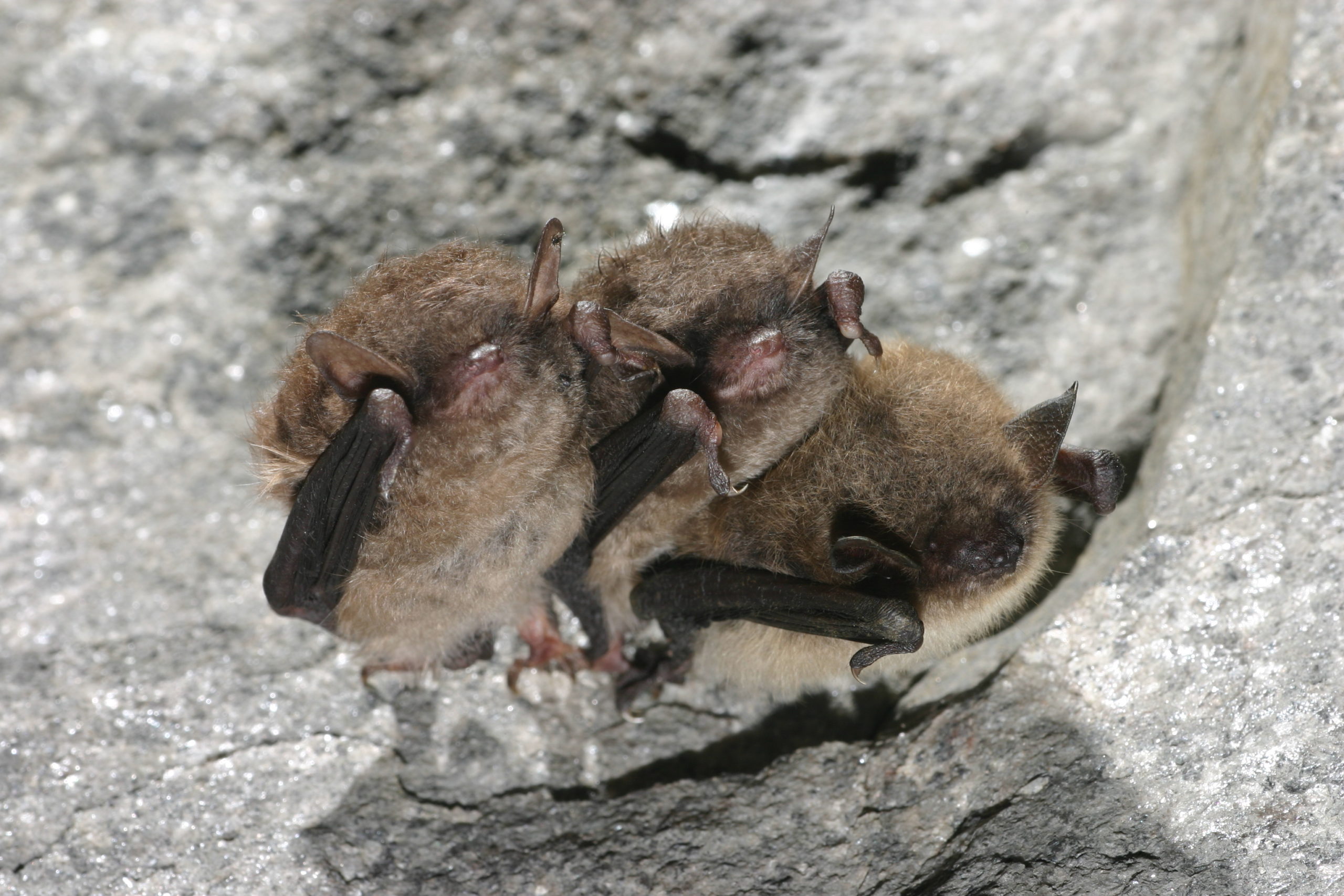New York Bat Week begins Monday
State encourages preservation and protection of bat species

That’s right: it’s bat season, and you can help. Across New York State leading up to Halloween — Oct. 24 through the holiday — the Department of Environmental Conservation is stepping up to encourage the public to prevent the human disturbance of bats.
DEC Commissioner Basil Seggos advised all New Yorkers to avoid visiting caves or mines during the winter, where bats spend the cold months hibernating for spring and summer.
Human visitation to the sites where bats are hibernating, also referred to as ‘hibernacula,’ disturbs the bats. Since the arrival of White-Nose Disease, a fungus and disease with a collection of symptoms that causes bats’ noses to turn a whitish color, visitation during hibernation is even more threatening.

Brooklyn Boro
View MoreNew York City’s most populous borough, Brooklyn, is home to nearly 2.6 million residents. If Brooklyn were an independent city it would be the fourth largest city in the United States. While Brooklyn has become the epitome of ‘cool and hip’ in recent years, for those that were born here, raised families here and improved communities over the years, Brooklyn has never been ‘uncool’.